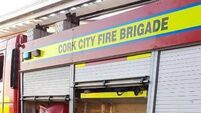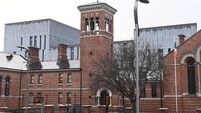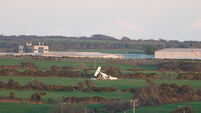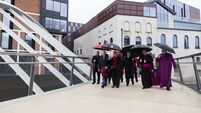City 'tree strategy' could see Cork's tree cover double
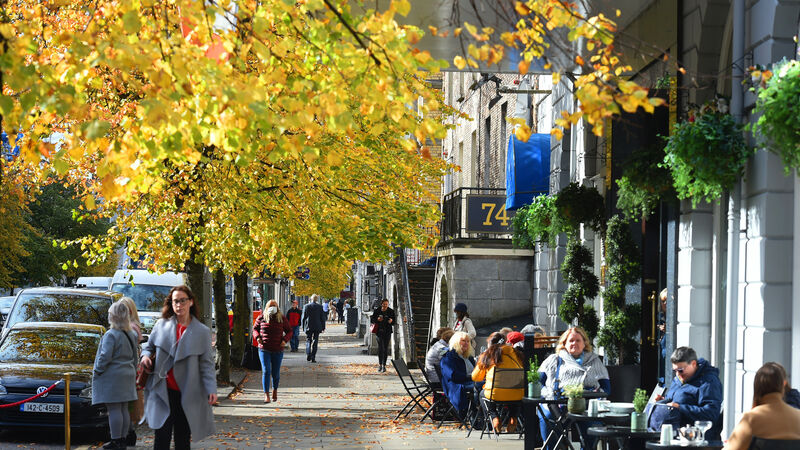
Cork City has a tree canopy cover of 13%, made up of more than 310,000 trees. Picture: Larry Cummins
A new ‘tree strategy’ for Cork city could lay the foundations for a more than doubling of the city’s tree cover to 30%.
The high-level objective is set out in the draft strategy which will be presented to the city council’s environment strategic policy committee (SPC) later this month, where pending agreement, it will then be published for public consultation. Pending feedback, the strategy could be adopted by full council in March.
The strategy sets out 13 internal policies and 34 separate actions to be implemented by 2027 to guide the council’s approach to tree management.
Once implemented, councillors have been told it will provide the foundation for a long-term tree strategy that should have as its ambition a more than doubling of the city's tree cover to 30%, where the average person should be able to see three trees from their window and be no more than 300m from the nearest park.
Cork City has a tree canopy cover of 13%, made up of more than 310,000 trees — just above the countrywide average of 12% — with more trees in the city than in the hinterland, but on the lower end of tree canopy cover when compared to the other EU Mission Cities, which have been selected to become climate neutral by 2030, with Tampere, Finland, at 60% and Ljubljana, Slovenia at 50%.
The city council owns and manages about 17% of the city's total tree canopy, and has since 2021 planted 8,000 trees in parks, open spaces, and greenways.
The draft strategy says public tree removal will be “a last resort”, only after alternative solutions have been explored, and sets out how existing trees will be integrated into housing and infrastructure designs where possible, and how tree preservation orders will be used more often to save existing privately owned trees.
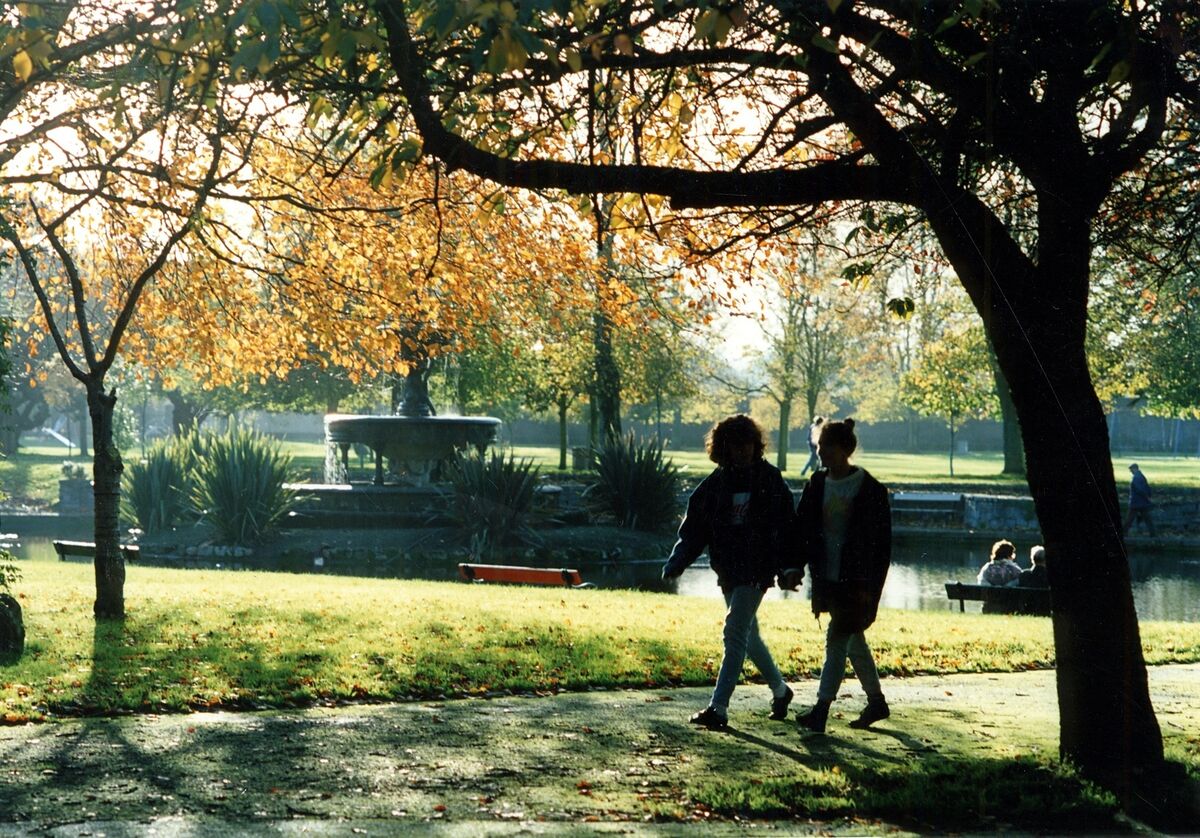
It sets out how the city will approach tree planting on the basis of "the right tree, in the right place, at the right time", with the focus on quality planting and aftercare, not the number of trees.
The Knocknaheeny area will be a particular focus given it has some of the lowest tree canopy cover in the city.
The strategy plans to incorporate trees into major public realm works, including the South Main St upgrade, and to incorporate tree planting into a Sustainable Urban Drainage (SUDs) pilot project — a nature-based approach to managing flooding in an urban environment.
It will examine the potential for more street tree and road verge planting, the creation of more woodlands, and on the development of ecological corridors including along river corridors.
Green Party councillor Oliver Moran said the strategy sets out "a ground-up framework" based on quality, not just quantity.
“We’re coming out of a period that saw the number of trees in the city falling. More than 4,000 trees are now being planted every year by the council. These are in parks and neighbourhoods today," he said.
“One of the actions in the strategy is to next explore sites for the creation of new woodland and river corridors in the city.
“I think that would be an important statement in terms of scale and impact.”
Cork City Council owns and manages about 17% of the city’s total tree canopy, with the remaining 83% privately owned or on institutional lands, including trees in back gardens, education and business campuses, grounds of religious orders, grounds of medical facilities, private woodlands, private sports grounds, and agricultural land.
The urbanised areas of Cork City have slightly higher tree canopy cover than the rural hinterland, with urban towns having the highest level of coverage — twice the amount found in the city centre and north west suburbs.
Between 2018 and 2021, the city experienced a slight canopy loss, dropping from 13.8% in 2018 to 13.4% in 2021, with the amount of tree canopy cover holding steady in the hinterland.
However, there was a loss of tree canopy across in the city centre, the city suburbs and in the urban towns, except for Glanmire.
An initial analysis of the data indicates the single largest category of canopy loss was the cumulative impact of removal and pruning in residential gardens, for reasons that might include storm damage, tree disease, or liability concerns.
The second largest area of canopy loss related to road verges, and the third largest area related to removal associated with land development.




